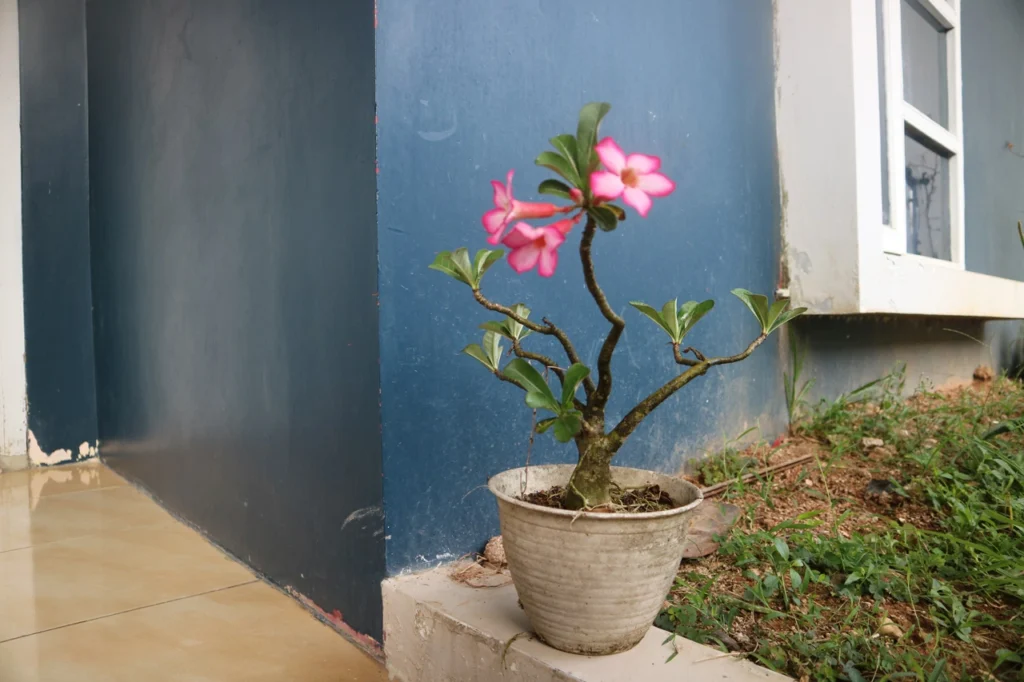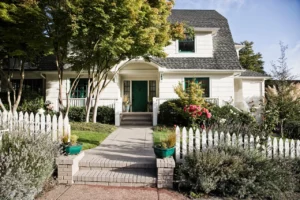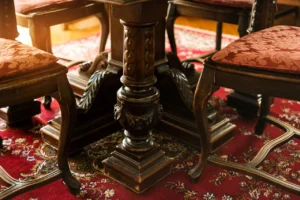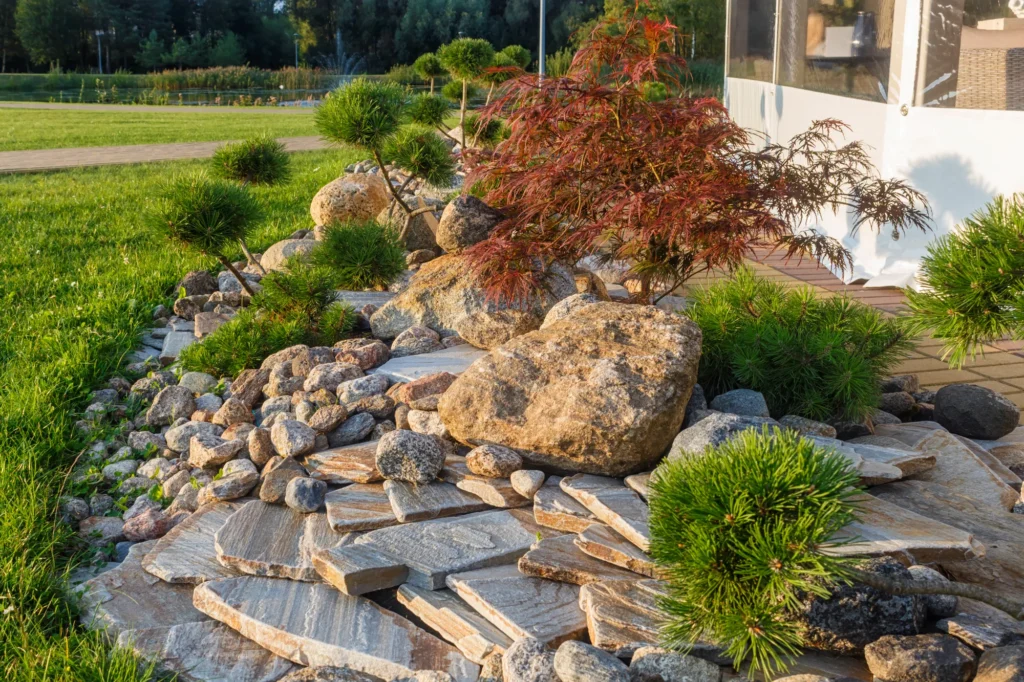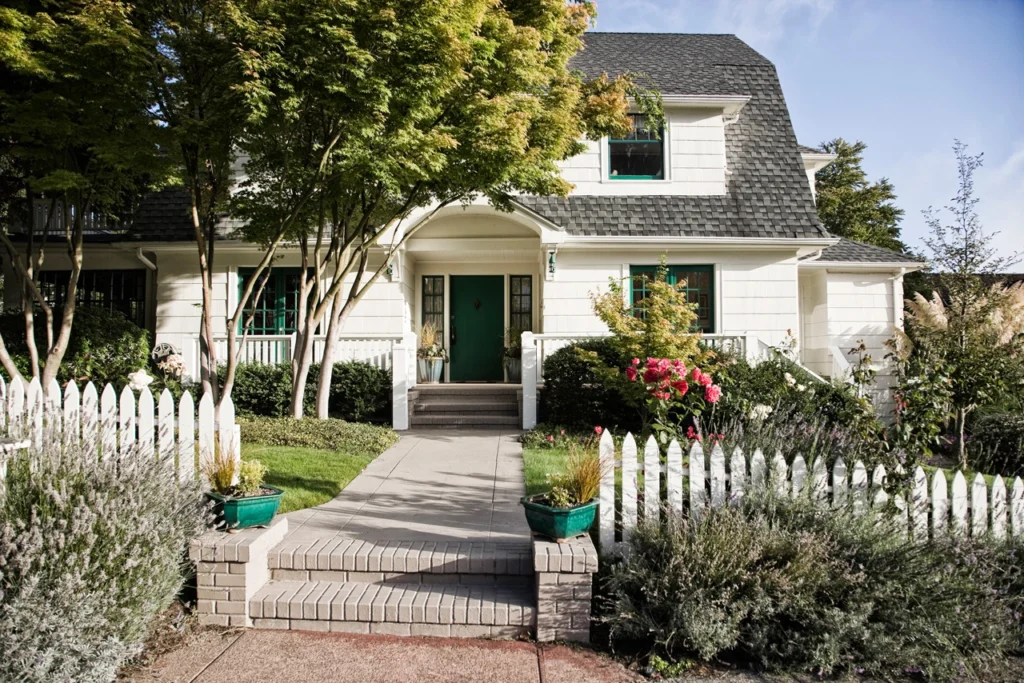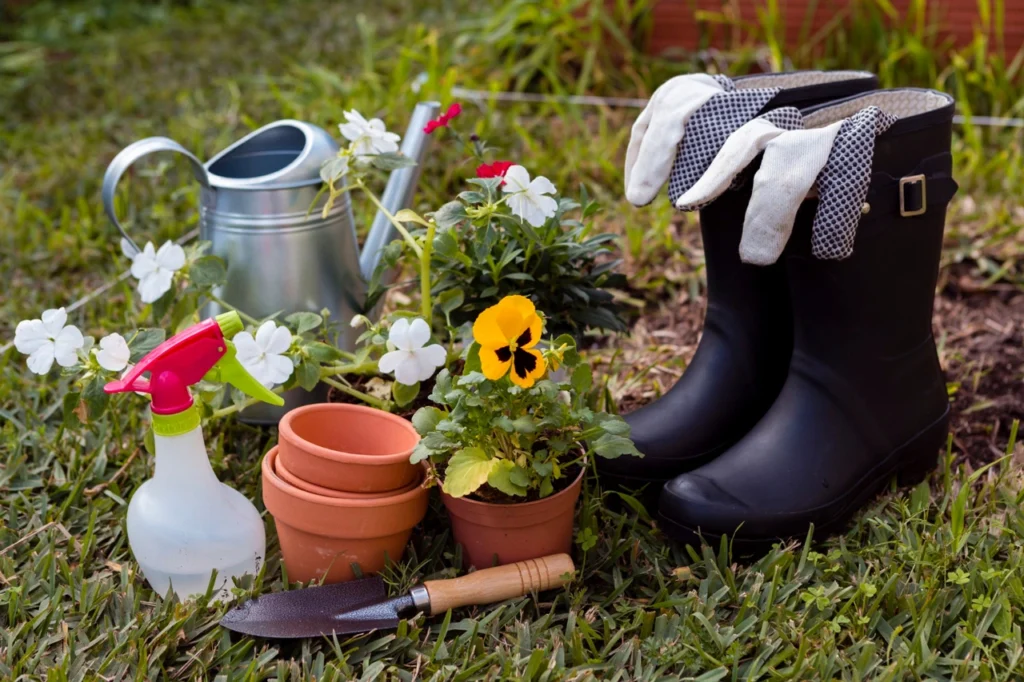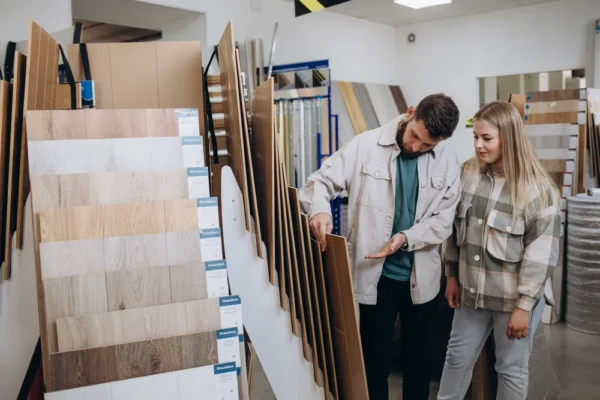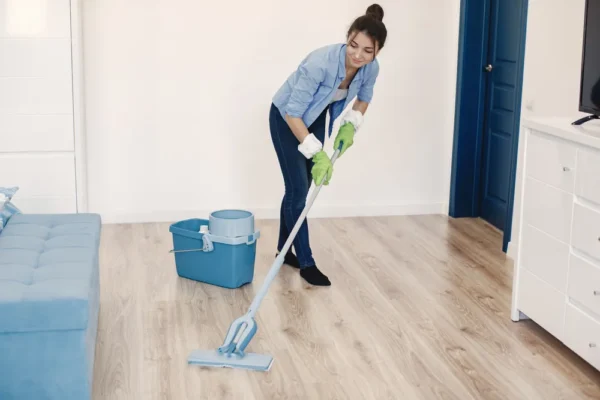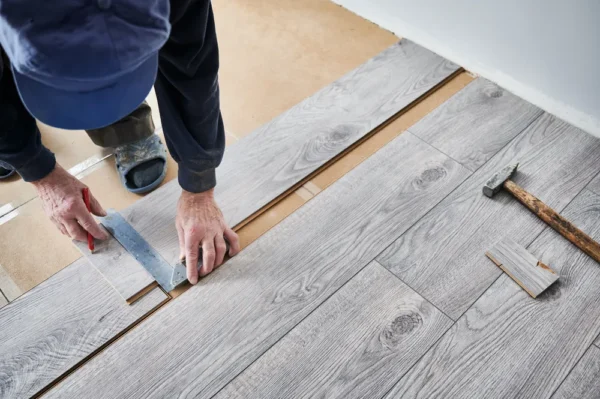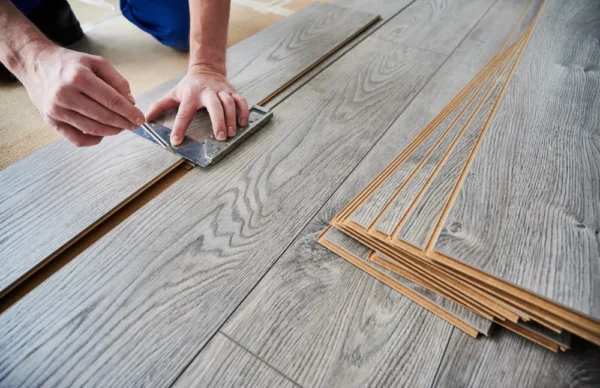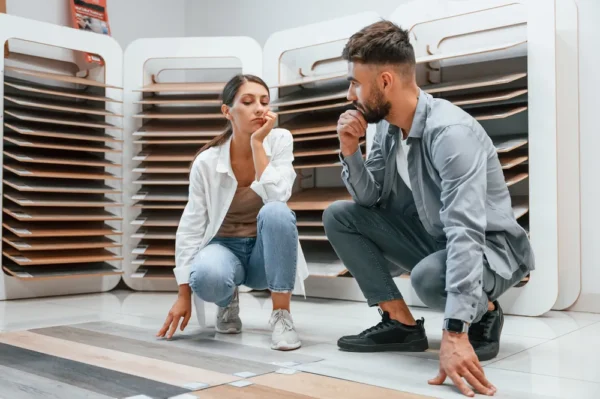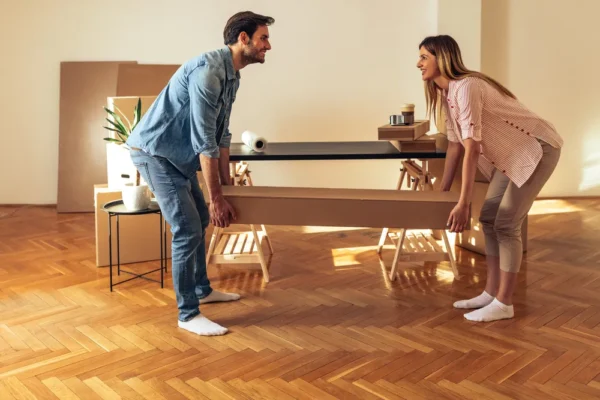Do you want to add some foreign beauty to your indoor garden? It’s the Desert Rose Bonsai. Any plant lover will love this bonsai type because of its beautiful flowers and unique shape. This guide will show you how to add a Desert Rose Bonsai to your indoor yard successfully. This guide will help you get great results whether you’re a new gardener or an old pro.
Introduction
People love the Desert Rose Bonsai, also called Adenium Obesum, for its beautiful flowers and unique swollen trunk. Although it comes from dry areas, this tree does well indoors, making it a great choice for adding a touch of the desert to your home.
Choosing the Right Desert Rose Bonsai
To ensure your Desert Rose lasts long, choose one in good health. When picking out a bonsai, keep these things in mind:
- Strong leaves and bright colors
- Branch and trunk sizes that are just right
- A root system that is small and well-balanced
Preparing the Pot and Soil
For your Desert Rose Bonsai to grow at its best, it needs the right pot and soil mix. Do these things:
- Pick a pot that has enough vent holes to let water drain out.
- Use a bonsai soil mix that drains well, ideally with organic and inorganic parts.
Planting and Watering Schedule
It is very important for the health of your Desert Rose Bonsai that you plant it properly and water it regularly:
- Place the shrub carefully in the pot, ensuring it faces how you want it to.
- Do not disturb the roots as you fill the pot with ready-mixed dirt.
- Give the bonsai much water and let the extra water drain away.
- Set up a regular watering plan and ensure the soil is barely wet.
Pruning and Shaping Techniques
If you prune and shape your Desert Rose Bonsai, it will stay in the shape you want and grow healthily:
- Use clean, sharp pruning shears to cut off any branches that are dead, sick, or too big.
- Pinch back new growth regularly to make branches denser and encourage tightness.
- Carefully guide the branches into the shape you want by using wiring methods. Be careful not to damage the bark.
Common Issues and Solutions
Desert Rose Bonsai is usually very hardy, but it can have some common problems. Now, here are some ways to fix bugs:
- Leaves turning yellow: Change how often you water and ensure the soil drains well.
- Powdery mildew or pests: Use the right organic methods to eliminate them.
- Too much watering or root rot: Change how often you water and ensure the soil drains better.

Fertilizing Your Desert Rose Bonsai
Like any other bonsai, your Desert Rose will do better if you fertilize it regularly. This helps bring back the soil nutrients the plant needs to grow. To feed your Desert Rose, do the following:
- Choose a bonsai fertilizer with similar nitrogen, phosphorus, and potassium for best results. Organic fertilizers are best because they release nutrients slowly and are less likely to hurt plants.
- Follow the directions on the package for how much to take and how often. Generally, it’s better to water only a little.
- Spread the fertilizer evenly around the tree’s base, ensuring it does not touch the trunk directly.
- Ensure the nutrients are spread evenly in the soil by giving it much water after fertilizing.
Remember to change how often you fertilize based on how much the plant grows and the time of year. When plants grow more slowly in the winter, they usually don’t need to be fertilized.
Repotting Your Desert Rose Bonsai
Repotting is an important part of caring for a Desert Rose Bonsai because it keeps the roots from getting too crowded and adds nutrients to the soil. This step also lets you check the roots for any signs of disease or bugs. Here is an easy way to move your Desert Rose to a new pot:
- Pick a good time to repot the plants. Moving a Desert Rose to a new pot is best done when it grows actively, usually in the spring or early summer.
- Get a new pot and some new bonsai soil ready.
- Be careful when taking the bonsai out of its pot. During this process, keep as much of the root system as possible.
- Cut the root ball in half and remove any dead or sick roots. This will help the plants grow better.
- Put the shrub in the new pot and add the unique soil mix.
- Once you’re done repotting the bonsai, give it lots of water and put it somewhere shady and safe for a few weeks to let it heal.
Remember that repotting is stressful for all plants, so give your Desert Rose lots of care and attention while it heals. While you wait and give it the right care, your Desert Rose will add a touch of the unusual to your indoor garden for many years.
Conclusion
You’ve taken the first step toward making your indoor garden look better by adding a Desert Rose Bonsai. This guide will show you the steps you need to take to grow a beautiful bonsai that will bring joy and beauty to your space. Remember that gardening is an ongoing learning process, so don’t be afraid to try new things and enjoy how things change.
For further reading, check out our blog on How to Care for Your Calla Lily Bulbs for Stunning Blooms. Happy gardening!
Frequently Asked Questions
Q: How often should I water my Desert Rose Bonsai?
A: Water your Desert Rose when the soil is nearly completely dry. The frequency may vary depending on the season and the indoor climate.
Q: What is the best location for my Desert Rose Bonsai?
A: Place your bonsai where it can get at least six hours of sunlight each day, such as near a south-facing window.
Q: When should I fertilize my Desert Rose Bonsai?
A: Fertilize your bonsai during the active growth, typically from spring through fall. Avoid fertilizing in winter.
Q: How often should I repot my Desert Rose Bonsai?
A: Repotting should be done every 2-3 years, ideally in the spring or early summer.
Q: What should I do if my Desert Rose Bonsai leaves turn yellow?
A: Yellowing leaves could indicate overwatering. Let the soil dry out thoroughly before the next watering session.

